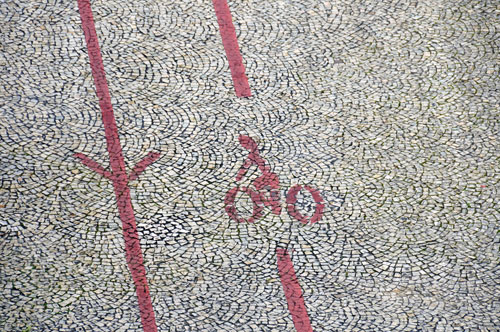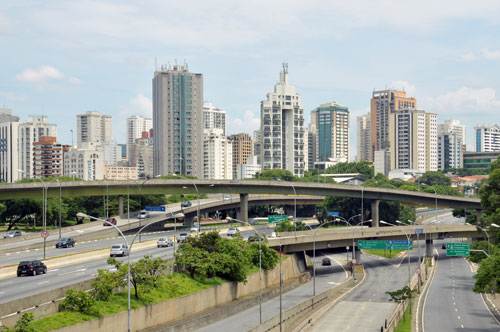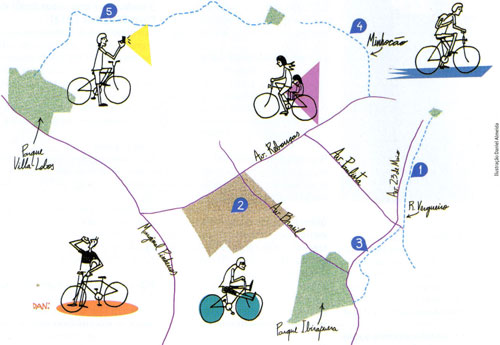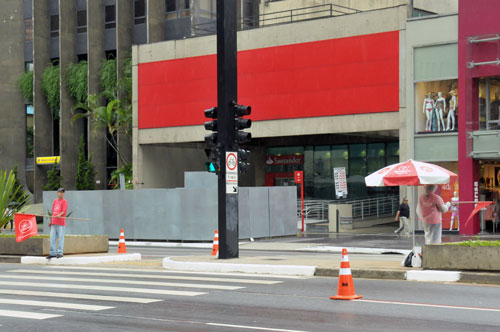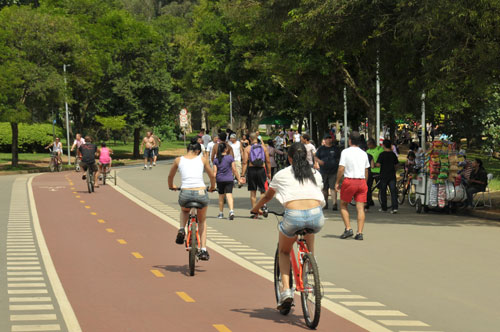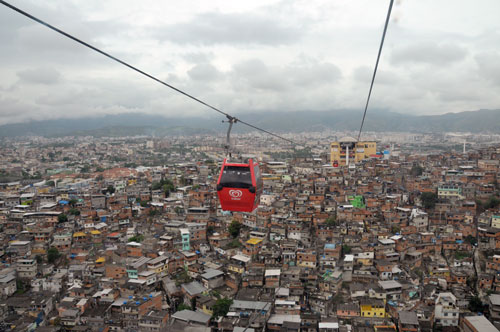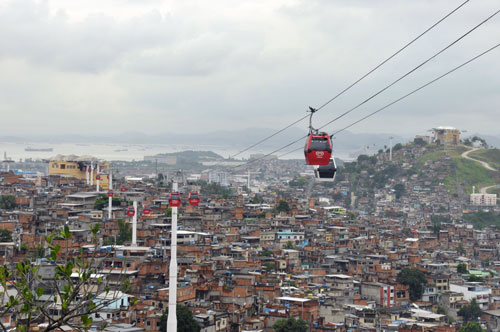Current times of bottom-up planning, urban acupuncture, pocket parks and temporary uses make the Grand Projets of president Mitterand – merely a few decades ago – look like remnants of a distant past. One way or another, these projects create the context of our current interventions and will determine the face of the city for centuries. Parque de la Villette, Grand Arche (La Défense) and the Bibliotèque de France became landmarks and icons for Paris, despite heavy criticism about the high costs for the tax payers and elitist locations of the project, predominantly in the west near the river Seine.

The expansion of the national library – with its historic location at the Rue Richelieu – was to create a new hot spot at the margins of the river, stimulating the revitalization of the Rive Gauche area. It was the most costly of the Grand Projets, and suffered various operational problems, such as creating a good climate for conservation of the books inside the glass towers. The project by Dominique Perrault was the winning design of the 1989 competition. The honorary mention of the OMA project also became famous. The project was inaugurated in 1996, a year after Mitterands death.

The library occupies 60 thousand square meters, with a stunningly quitet forest patio in the middle.


The project is connected to the other side of the river by a new pedestrian bridge. The full perimeter of the library is accessible as a wooden staircase.

